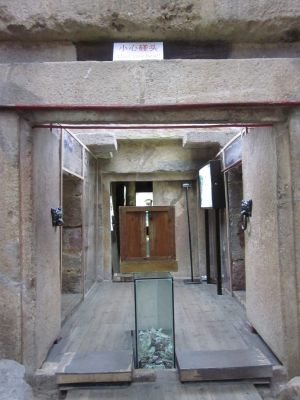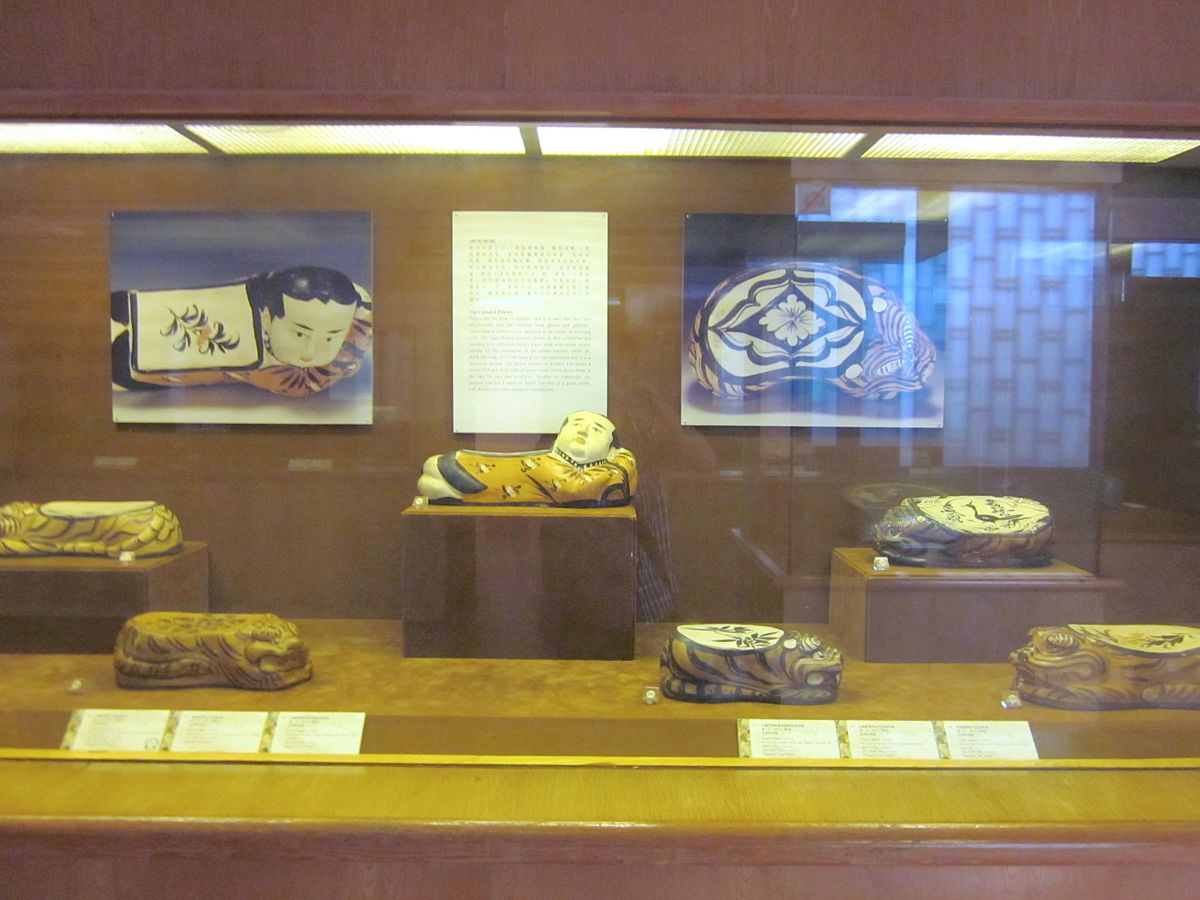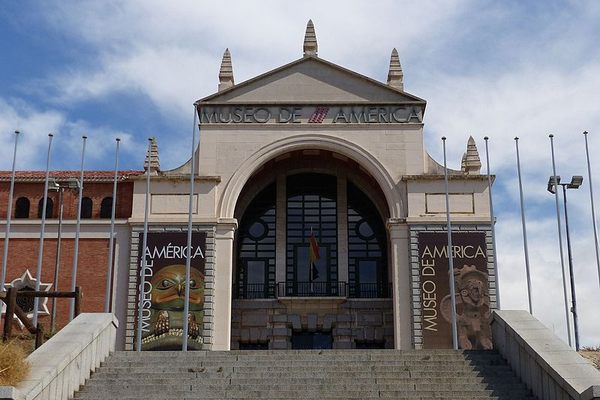About
In 1983, an amazing accidental discovery was made in downtown Guangzhou, China. The 2,000-year-old tomb of an ancient king was found completely intact, surrounded by archaeological treasures. Nanyue King Zhao Mo ruled from 137 to 122 BCE and was the second of five leaders of the Nanyue Kingdom, a state within the Western Han Dynasty.
A museum was erected around this incredible find, where the ruler's mausoleum lies 65 feet underground. The body is outfitted in a rare and remarkable burial suit made of more than 2,200 rectangular jade pieces sewn with silk thread. Foreign artifacts like African elephant trunks and Southeast Asian incense and frankincense were found alongside the tomb, suggesting Guangzhou was a stop along the ancient Silk Road.
While the Nanyue King’s body is the most famous draw of the museum, the three-story exhibition hall is packed with other cultural artifacts from Chinese history, the prize exhibit being a collection of more than 200 ancient ceramic pillows. That's right, pillows.
Sleeping on ceramic or porcelain pillows was a trend that stretched across many dynasties. It reached peak popularity among middle and upper class families during the Tang Dynasty (618 to 907 CE) and Song Dynasty (960 to 1279 CE), yet not a lot is known about this curious practice.
There are a few theories as to why the ancient Chinese slept on such hard and seemingly uncomfortable headrests. It’s believed the pillows kept people cool during southern China's hot summer nights. Beyond this practical function, they also doubled as decorations adorned with intricate designs that took extreme skill to create.
These designs also held symbolic meanings: Lions on a pillow were believed to ward off evil spirits; dragons were reserved for royals and aristocrats; lotus flower or baby shapes were often wedding gifts in hopes of children. Some headrests were engraved with poems or philosophical quotes.
Ceramic pillows were also used while smoking opium. While many opium-related artifacts were destroyed during the opium wars, some survive and can be found on ebay, Etsy, and antique sites.
People may have also believed there were health benefits to the special pillows, such as promoting better sleep posture, being good for the eyes, or even influencing dreams. Alas, the popularity of ceramic pillows began to decline by the Ming Dynasty, when better, no doubt cozier, materials came along. Today they are priceless historical artifacts, well worth a trip to the third floor of the museum above Nanyue King’s tomb.
Related Tags
Community Contributors
Added By
Published
May 18, 2018
Sources
- https://en.wikipedia.org/wiki/Museum_of_the_Mausoleum_of_the_Nanyue_King
- https://www.travelchinaguide.com/attraction/guangdong/guangzhou/nanyue_king.htm
- https://artsandculture.google.com/partner/nanyue-king-mausoleum-museum
- https://hisour.com/museum-western-han-dynasty-mausoleum-nanyue-king-guangzhou-shi-china-7646/
- https://www.christies.com/features/Song-ceramic-pillows-a-triumph-of-cooling-and-ancient-artistry-7676-1.aspx
- http://www.vam.ac.uk/content/journals/research-journal/issue-no.-4-summer-2012/a-study-of-a-ming-dynasty-ceramic-pillow/
- https://www.tour-beijing.com/blog/guangdong-travel/guangzhou-travel/how-to-visit-mausoleum-of-the-nanyue-king























































